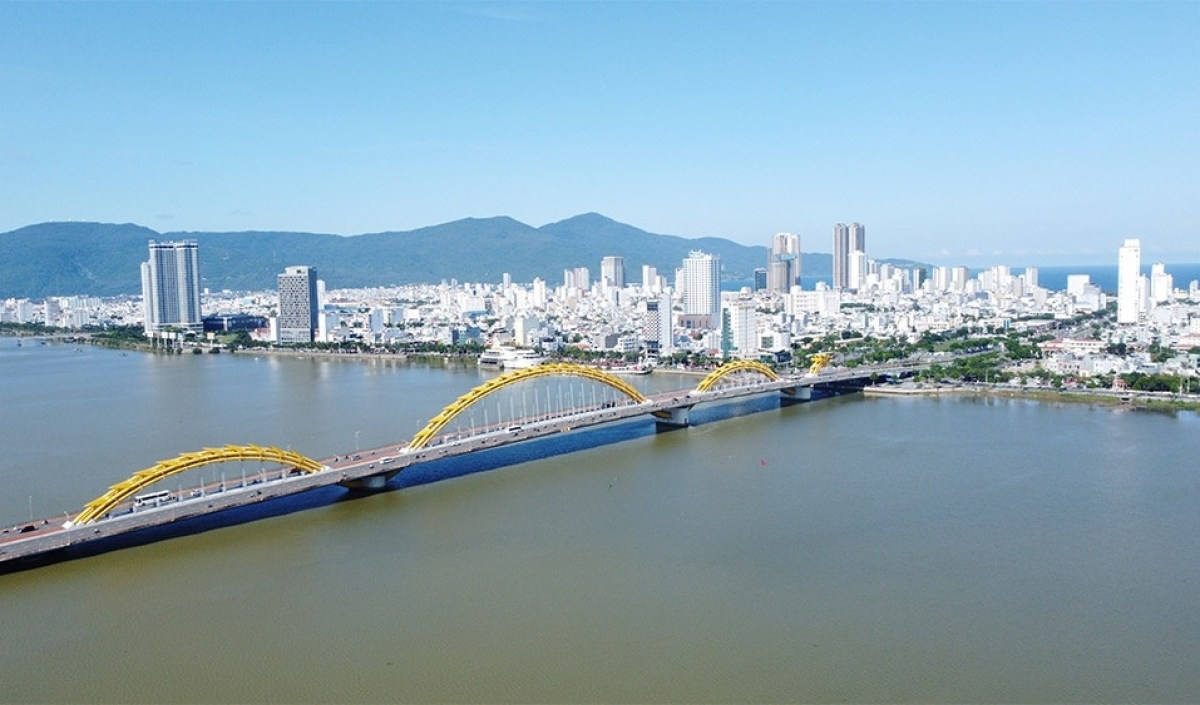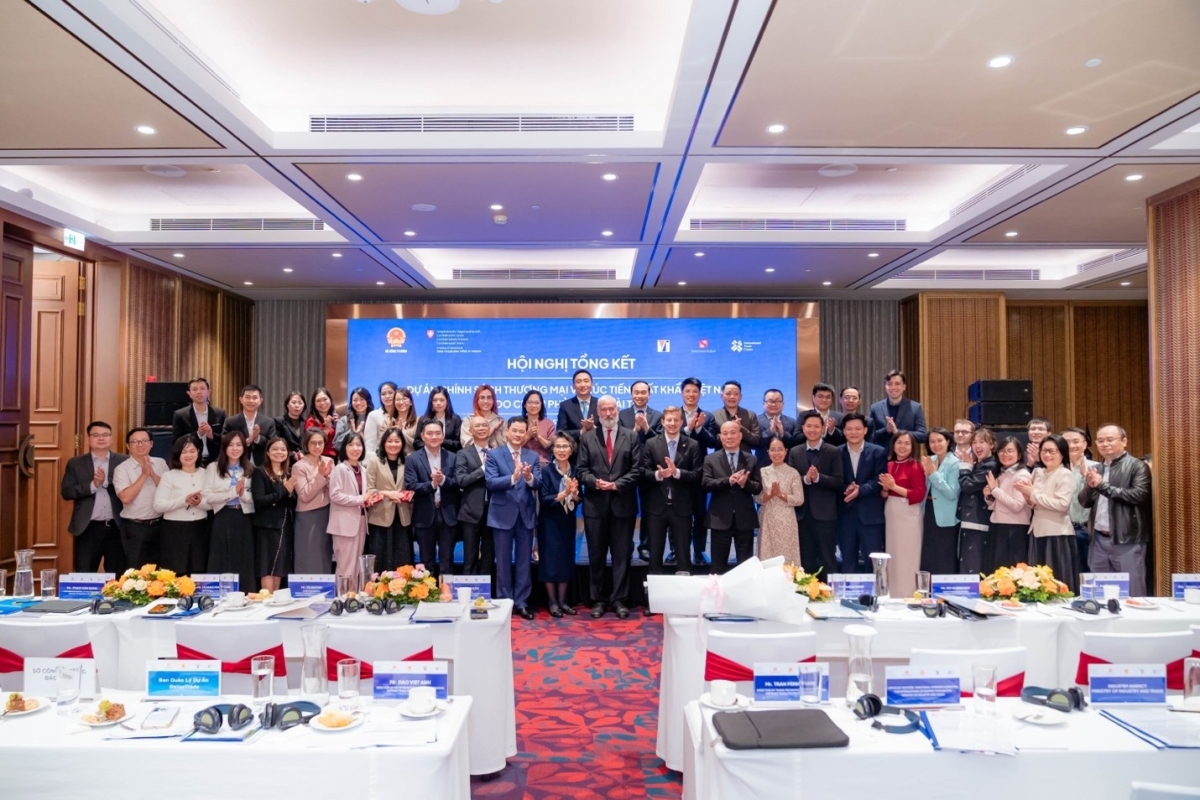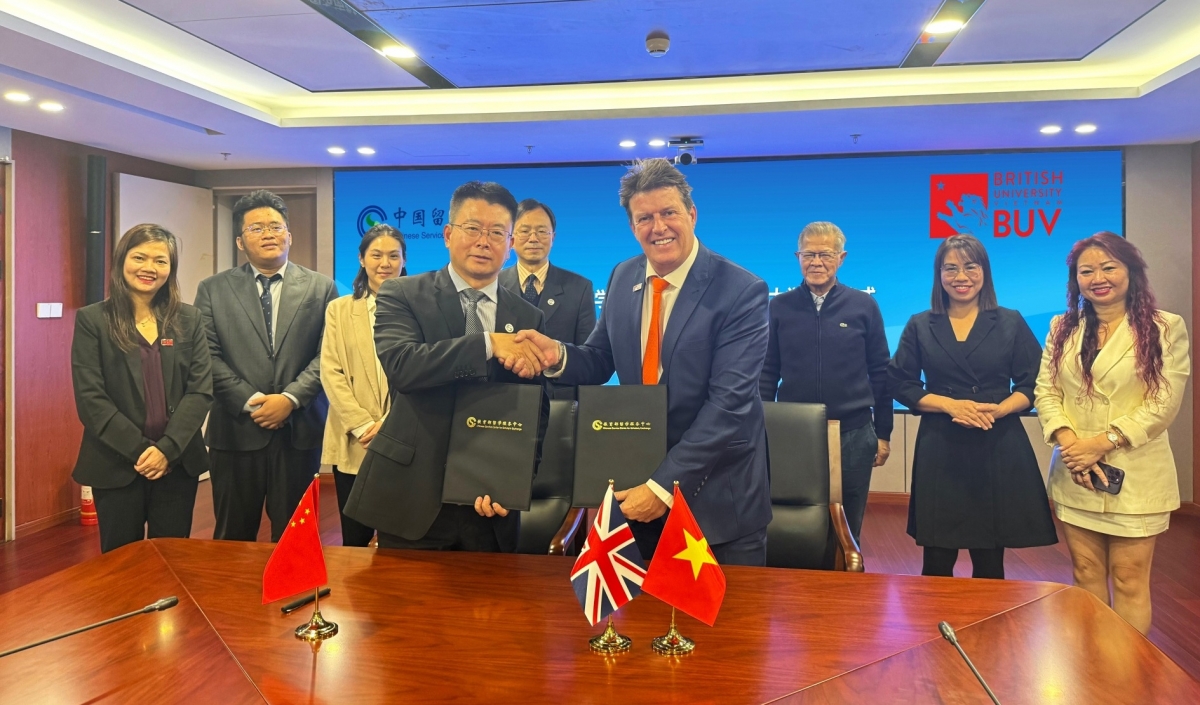INTERNATIONAL INVESTMENT
AND PORTAL
Ministers from ASEAN member states and China this year will continue meeting with one another to boost negotiations of an upgrade of the ASEAN-China Free Trade Area (ACFTA) deal. The first round of negotiations began on April 11.
According to the ASEAN Secretariat, the upgrade negotiations are meant to ensure that the ACFTA contributes to the further deepening and broadening of ASEAN-China economic relations and to post-pandemic economic recovery.
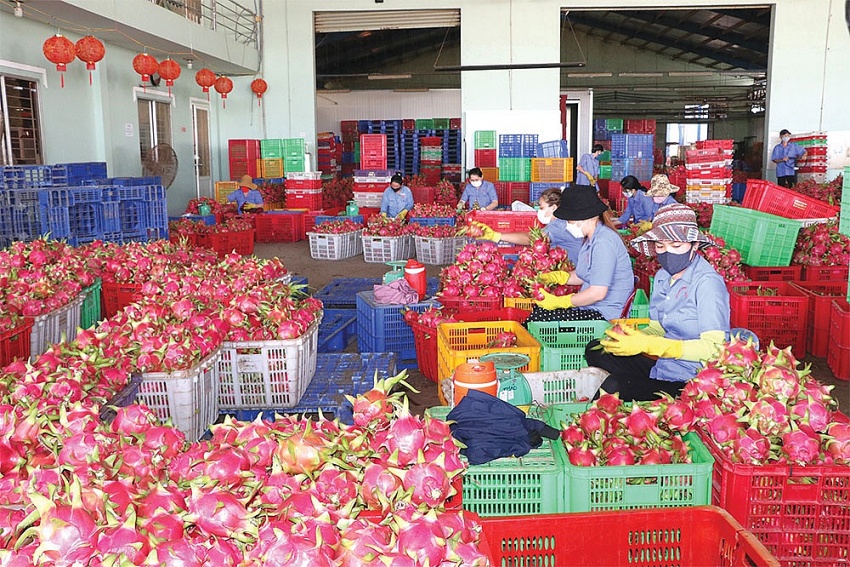 China now allows import of several types of Vietnamese agricultural products, photo: Le Toan
China now allows import of several types of Vietnamese agricultural products, photo: Le Toan
The upgrade will focus on sectors that benefit the interests of both, including the digital economy, green economy, non-tariff measures, consumer protection issues, and micro, small, and medium-sized enterprises, as well as the rearrangement of chapter structure of the agreement.
“We expect ACFTA version 3.0 to better benefit the people of both sides. At present, more than 90 per cent of commodities, about 7,000, already enjoy zero tariff treatment between China and ASEAN, effectively enhancing business efficiency, social employment, and people’s income,” said Hou Yanqi, the Chinese Ambassador to ASEAN.
“This move will further reduce tariffs, regulate measures in customs, inspection, and quarantine, and enhance trade and investment liberalisation and facilitation. It will also better protect the rights and interests of consumers on both sides, promote the development of smaller businesses, and create more jobs. The more efficient and smooth flow of economic factors within the region will eventually create a high-quality life that each of us can truly enjoy.”
The next round of negotiations is set to take place in China before July.
Leveraged by trade deals
China and ASEAN are also members of the Regional Comprehensive Economic Partnership (RCEP). China enjoyed an on-year trade climb of 15 per cent with ASEAN in 2022, the first year the RCEP became valid.
China is ASEAN’s largest trading partner and the second-largest source of foreign direct investment (FDI). The ASEAN-China bilateral trade jumped from $641.5 billion in 2019 to $975.3 billion in 2022.
According to China’s General Administration of Customs, last year, China’s trade with ASEAN accounted for 50.3 per cent of the scale of imports and exports to other RCEP member countries - of which China’s trade in intermediate products to ASEAN reached came to ¥4.36 trillion (nearly $634 billion), an on-year expansion of 16.2 per cent, accounting for 67 per cent of the total trade value between China and ASEAN.
According to experts, the greatest benefit from the RCEP is preferential tax rates, with zero tariffs being applied on more than 90 per cent of goods traded by its members. In 2021, FDI flows from China to ASEAN reached $13.6 billion, almost double the $7 billion in 2020, and tantamount to 7.8 per cent of total FDI flows to ASEAN.
Despite a gloomy global picture featured with fuel prices and inflation increasing, and disruptions to supply chains, two-way trade between China and Vietnam last year witnessed high growth thanks to the implementation of the RCEP and the ACFTA, said the Vietnamese Ministry of Industry and Trade (MoIT).
According to the MoIT, in the first three months of this year, total two-way trade turnover between Vietnam and China hit $35.1 billion, down from $40.9 billion in the same period last year, with Vietnam’s exports valued at $11.5 billion, down 13.8 per cent on-year, and Vietnam’s imports were worth $23.6 billion, down 14.6 per cent on-year.
The bilateral trade value last year reached $177.7 billion, up from $165.8 billion recorded in the previous year, including $58.4 billion for Vietnam’s exports and $119.3 billion for the country’s imports.
Dinh Gia Nghia, deputy general director of Dong Giao Foodstuff Export JSC in the northern province of Ninh Binh said, “Since the RCEP took effect, especially after China recently allowed import of a number of Vietnamese agricultural products such as durian, edible bird’s nest, sweet potato, and passion fruit, Vietnamese businesses throughout the country, including ours, have had big opportunities to export new products to the Chinese market.”
Under the MoIT’s calculations, China was responsible for almost one-quarter of Vietnam’s total trade last year, with 15.7 per cent of export turnover and 33 per cent of import value. The respective rates in the first quarter of this year were 22.7, 14.5, and 31.4 per cent.
At present, the top exports of China to Vietnam are integrated circuits, telephones, sound recordings, electric batteries, and other knitted fabrics.
Meanwhile, top imports of China from Vietnam include sound recordings, integrated circuits, broadcasting accessories, office machine parts, and non-retail pure cotton yarn.
According to the Vietnamese Ministry of Planning and Investment, accumulatively as of March 20, Vietnam had more than 3,650 Chinese valid ventures registered at $23.85 billion – making China the sixth-largest foreign investor.
Growth acceleration
Andrew Jeffries, country director for Vietnam of the Asian Development Bank (ADB), said that Vietnam’s economic growth will be constrained this year by the global slowdown, continued monetary tightening in developed economies, and spillover from global geopolitical tensions.
“However, Vietnam’s growth support policy with monetary easing, the large amount of public investment to be disbursed in 2023, and the reopening of China will help the country counter these headwinds,” Jeffries said.
Falling global demand is expected to weigh on industrial growth. Agriculture output is expected to grow by 3.2 per cent this year on revived domestic demand and the reopening of China, which accounts for 45 per cent of Vietnam’s export of fruits and vegetables. “Tourist arrivals from China are also expected to benefit tourism and services in Vietnam, with the sector forecast to grow by 8 per cent this year,” Jeffries continued.
Analysts polled by Reuters expected China’s growth in 2023 to speed up to 5.4 per cent, from 3 per cent last year. The Chinese government has set a modest GDP growth target of around 5 per cent for this year, after badly missing its 2022 goal. China’s economy grew 4.5 per cent in the first quarter of 2023, the fastest pace in a year.
According to the ADB’s forecast, in the context that the Chinese economy’s performance can directly impact that of Vietnam, services here are expected to expand by 8 per cent in 2023 on revived tourism and associated services.
China’s reopening will also benefit agriculture, according to the ADB. “China could generate significant demand for Vietnam’s agricultural exports, as the country receives 45 per cent of Vietnam’s exports of fruit and vegetables. Agriculture is therefore expected to expand by 3.2 per cent in 2023,” it said.
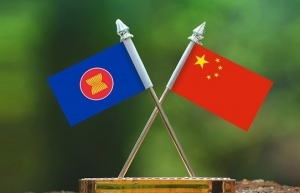 ASEAN - China Youth Camp to promote media exchanges
ASEAN - China Youth Camp to promote media exchanges
The China - ASEAN Youth Hosts Camp, a major event of the third ASEAN - China TV Week, opened on August 30 in Nanning, capital of China's Guangxi Zhuang Autonomous Region.
 ASEAN sectoral bodies release ASEAN Taxonomy for sustainable finance
ASEAN sectoral bodies release ASEAN Taxonomy for sustainable finance
ASEAN finance sectoral bodies today achieved a milestone towards meeting Paris Agreement commitments by introducing a common language across ASEAN for financing sustainable economic activities.
 ASEAN, US partners launch ASEAN SME Academy 2.0
ASEAN, US partners launch ASEAN SME Academy 2.0
The Association of Southeast Asian Nations (ASEAN) in collaboration with the US-ASEAN Business Council (US-ABC) and the US Agency for International Development (USAID) on April 8 officially launched the ASEAN SME Academy 2.0, an upgraded version of an online learning platform.
